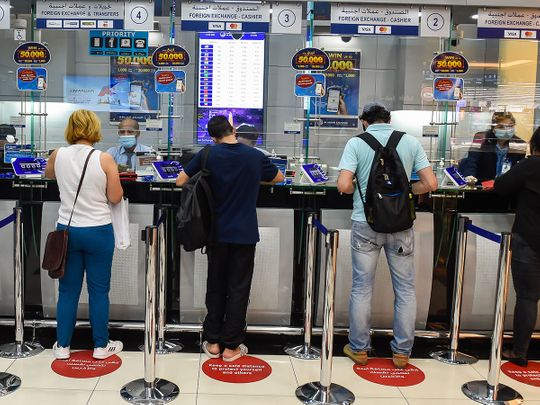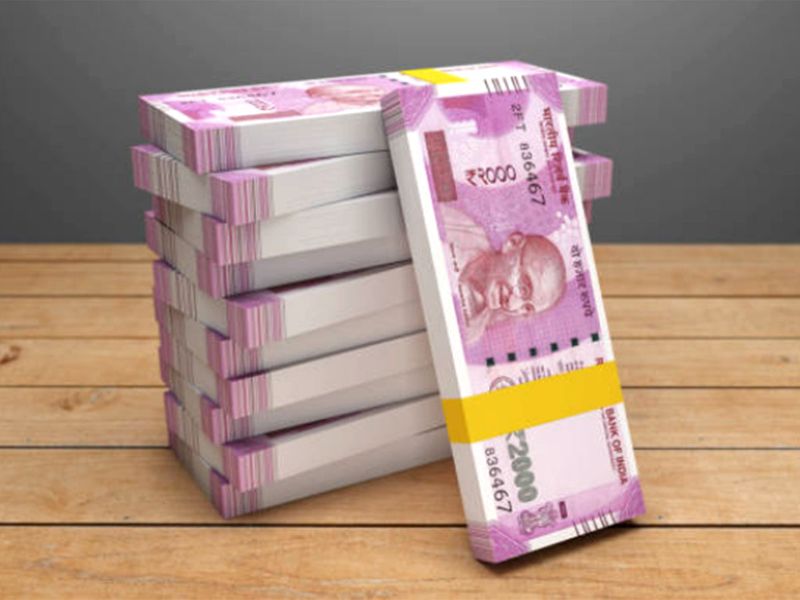
The Indian currency is expected to remain under pressure in the near-term amidst a combination of negative global cues as well as domestic factors at play, noted India-based Bank of Baroda in a report.
Against the UAE dirham, the value of the Indian rupee was at 21.12 on Wednesday. Check the latest forex rates here. Dubai-based forex analysts evaluate that the currency is expected to stay at the current level in the coming days.
However, the central bank Reserve Bank of India (RBI) is likely to intervene in the forex exchange market to support the rupee and prevent any sharp depreciation in the exchange rate. It raised interest rate by 0.5 per cent last week, its second hike by the central bank since May.
Weakness worsening?
The Indian rupee continued to stay weak this week, with the currency's depreciation seen impacting the economy and various segments such as fuel prices, while pushing up inflation.
On Monday, the Indian rupee slipped to a fresh record low of 78.04 per US dollar amidst a resurgence in strength in the dollar primarily on account of expectations of aggressive policy tightening by the US Fed this week at the monetary policy meeting.
Weakness in the rupee's value against the US dollar will be automatically reflected in its exchange rate with the UAE dirham as the UAE currency is pegged to the dollar.

Increasing risks
Increasing risks to global growth have increased the safe-haven demand for dollars, besides reports that China has once again imposed lockdown restrictions in Beijing have severely dented investor sentiments, said the report.
"COVID-19 restrictions in China, Russia-Ukraine conflict and monetary tightening by global central banks will weigh on the global growth outlook."
Since the Russia-Ukraine conflict began in late February, the rupee has depreciated about 4 per cent cent while currencies in other emerging markets have depreciated 4 per cent to 7 per cent.
The rupee has been hitting fresh all-time lows of late due to a rise in the US dollar index and concerns around global economic growth. Analysts are currently of the opinion that the weak economic data around the world, particularly in China, has put pressure on the US dollar index, which hit a nearly two-decade high.
More declines?
Apart from the external factors, domestic factors such as oil prices remaining at above $120 per barrel and persistent foreign fund outflows too have contributed to the pressure on the rupee, the report said.
Currently there is an outflow of funds as investors move funds to high-yielding investment instruments. The analysts further evaluate how the Indian rupee is seen depreciating this week on strong US dollar and elevated crude oil prices.
"FPIs (foreign portfolio investors) have remained net sellers in the domestic market for 9-straight months now. Even in June 2022, FPIs have pulled out$ 2.4 billion from the Indian market so far. With interest rates in the US likely to go up much faster than elsewhere, FPI inflows into emerging markets such as India are likely to remain muted."
Market participants fear that tightening of monetary policy across major countries in globe to combat high inflation, may prompt foreign investors to pump out liquidity from emerging markets.






_resources1_16a30b358e0_small.jpg)

